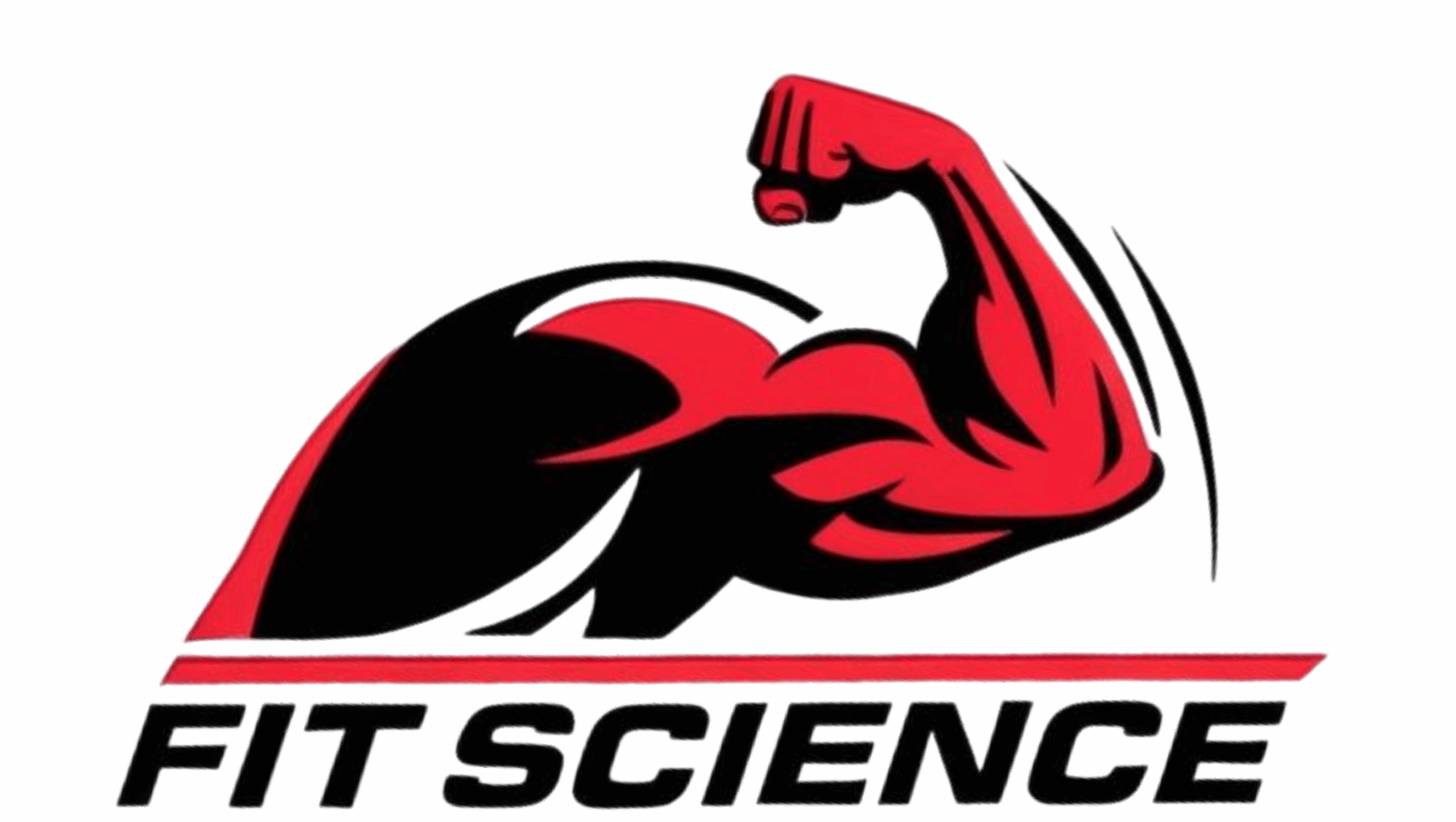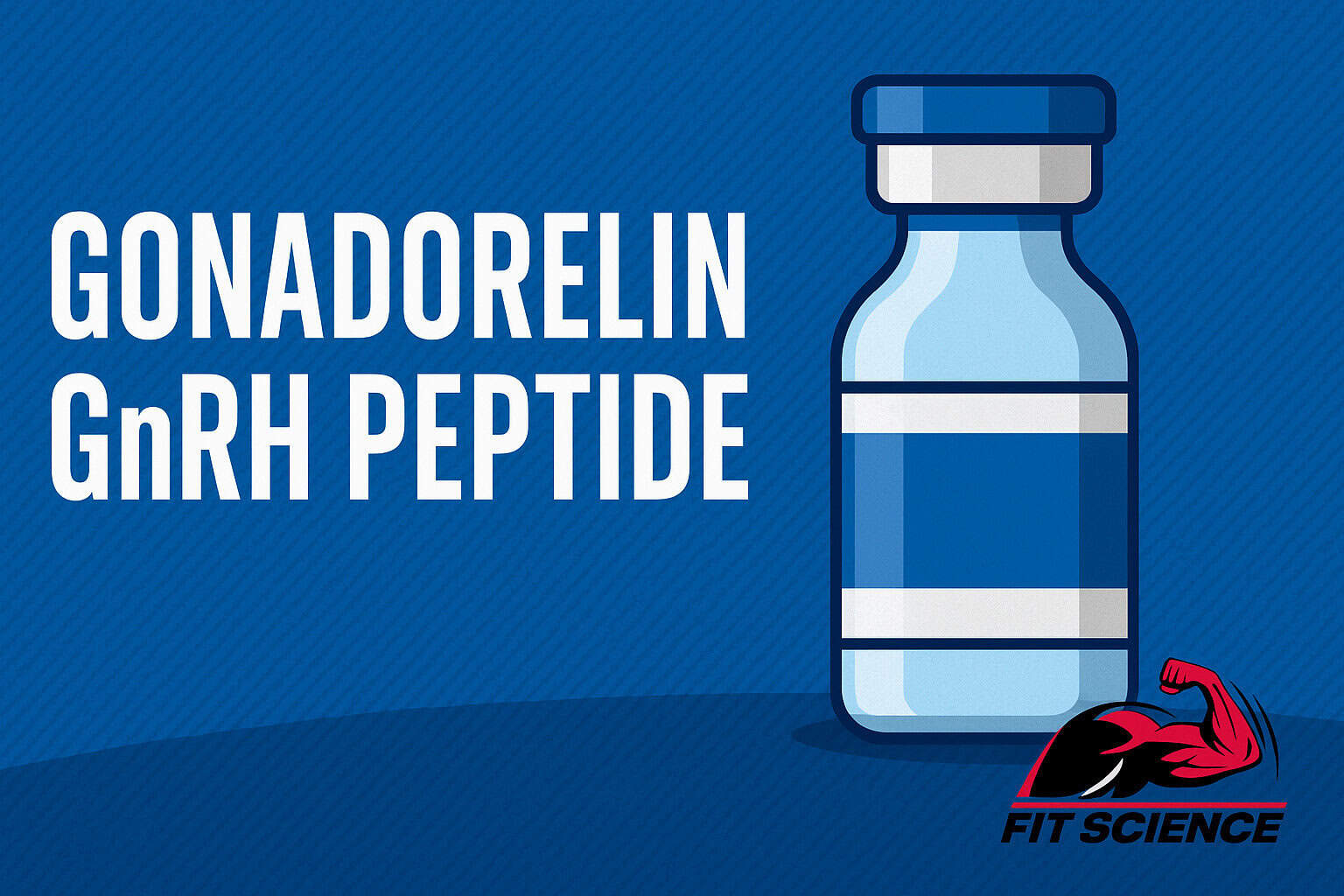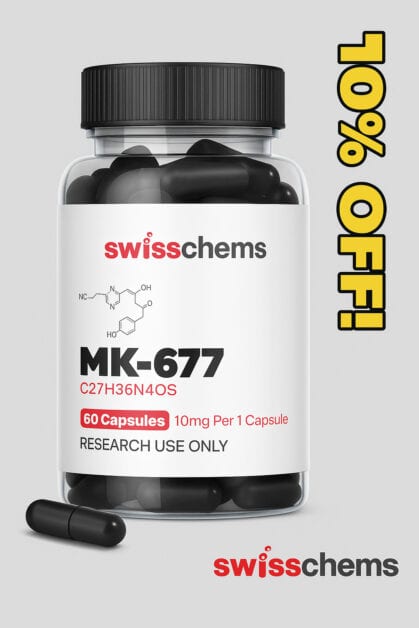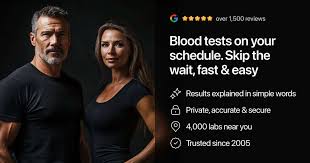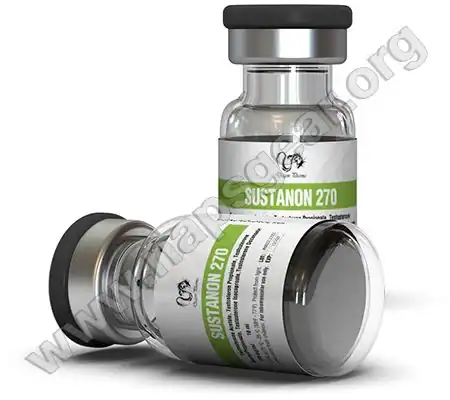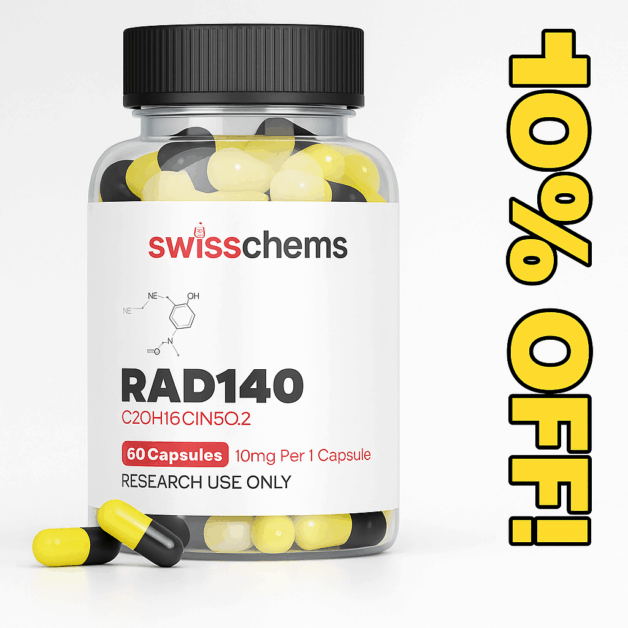In bodybuilding and performance-enhancement circles, gonadorelin often pops up in discussions about recovery and post-cycle therapy (PCT). The logic seems straightforward: gonadorelin is the synthetic form of gonadotropin-releasing hormone (GnRH), the natural signal from the brain that drives testosterone production. Why not use it to kickstart the body after an anabolic steroid cycle?
As with most things in hormone science, the reality is more complex. To understand whether gonadorelin has a role for lifters, we need to dig into what it is, how it works, what clinical studies say, and what real-world feedback reveals.
What Is Gonadorelin?
-
Chemical identity: Gonadorelin is a synthetic decapeptide identical to natural GnRH.
-
Physiological role: In the hypothalamic–pituitary–gonadal (HPG) axis, GnRH stimulates the pituitary to release LH and FSH. These hormones drive the testes to produce testosterone and sperm.
-
Medical use:
-
Diagnostic testing – A single injection of gonadorelin tests whether the pituitary can release LH/FSH.
-
Pulsatile therapy – Delivered every 60–120 minutes via a pump, it treats certain hypogonadal conditions and can restore fertility.
-
-
Not a casual shot: Continuous or irregular dosing can suppress the axis instead of stimulating it.
Pharmacokinetics and Half-Life
-
Plasma half-life: ~2–10 minutes after IV administration.
-
Subcutaneous delivery: Extends slightly but still cleared rapidly.
-
Why this matters: The pituitary is designed to respond to pulses of GnRH. Continuous or sporadic bolus injections do not mimic physiology.
This short half-life is why medical gonadorelin is administered by pumps that deliver micro-doses every 60–120 minutes, not by occasional injections.
Medically Documented Dosages
1. Diagnostic Testing
-
Typical dose: 100 mcg IV or SC once.
-
Purpose: Measure LH/FSH rise over the next hour to evaluate pituitary function.
2. Pulsatile Therapy
-
Delivery: Infusion pump, pulses every 60–120 minutes.
-
Pulse size: 5–20 mcg each.
-
Outcomes: In men with congenital or acquired hypogonadotropic hypogonadism, therapy often normalizes testosterone and induces spermatogenesis within months.
3. Continuous Infusion
-
Effect: Paradoxical suppression due to receptor desensitization. Used therapeutically in prostate/breast cancer, not in recovery.
Bodybuilding Context
The protocols that work clinically are pulsatile, not occasional bolus injections. Real-world bodybuilding “dosing” rarely replicates this.
Side Effects and Safety
Common side effects:
-
Headache
-
Hot flushes
-
Abdominal discomfort
-
Nausea
-
Injection-site irritation
Serious concerns:
-
Suppression if delivered continuously
-
Hormonal imbalance if self-administered without monitoring
-
Variable purity in “research chemical” sources
Gonadorelin in Bodybuilding: Why the Interest?
After a cycle of anabolic-androgenic steroids (AAS), natural LH and FSH are suppressed, leading to low testosterone. PCT strategies aim to restart the axis.
-
hCG mimics LH, directly stimulating testosterone.
-
SERMs (like clomiphene) block estrogen feedback, increasing GnRH release.
-
Gonadorelin would theoretically restart the axis upstream by signaling the pituitary directly.
The catch: without pulsatile delivery, this doesn’t work reliably.
Clinical Evidence in Context
-
Male fertility studies: Pulsatile GnRH restores testosterone and sperm production in many men with congenital or functional GnRH deficiency.
-
Diagnostic tests: Useful for endocrinologists but not therapeutic.
-
PCT after steroids: No controlled studies confirm gonadorelin restores the axis in bodybuilders.
Bottom line: The medical data support pulsatile GnRH therapy in specific disorders, not casual recovery use after steroid cycles.
Blood Work and Monitoring in Clinical Use
Doctors typically monitor:
-
LH, FSH, Total Testosterone, Estradiol, Prolactin
-
Sperm count (if fertility is the goal)
Case example (clinical, supervised):
-
Before therapy: LH < 1 IU/L, Testosterone < 200 ng/dL
-
After 3 months: LH 3–6 IU/L, Testosterone 500–700 ng/dL, spermatogenesis initiated in most patients
For bodybuilders experimenting without medical oversight, this type of monitoring is rarely done—adding risk.
Real-World Feedback from Lifters
-
Positive reports: Some users claim improved energy or faster recovery, especially when combined with hCG or SERMs.
-
Neutral/negative reports: Others report no benefit, likely due to non-pulsatile use.
-
Forums & anecdotes: Suggest inconsistency—mirroring what physiology predicts.
Gonadorelin vs. Other PCT Tools
-
Gonadorelin (GnRH): Acts upstream. Requires pulses. Ineffective as random injections.
-
hCG: LH mimetic. Works downstream. Well-documented in fertility treatment, but suppresses endogenous LH if overused.
-
SERMs (clomiphene/tamoxifen): Block estrogen feedback, boosting natural GnRH. Backed by more real-world data for PCT.
Anti-Doping Status
The World Anti-Doping Agency (WADA) explicitly prohibits gonadorelin and other GnRH analogs. Any competitive athlete using it risks suspension.
Practical Takeaways for Bodybuilders
-
Gonadorelin is powerful in medicine, but only when delivered in a precise pulsatile manner.
-
There is no robust evidence supporting its casual use for PCT.
-
Risks include ineffectiveness, suppression, and anti-doping violations.
-
If you have long-term hypogonadal symptoms after AAS, the right path is medical evaluation, not research peptides.
FitScience Perspective
Gonadorelin often gets hyped because it sounds like the perfect recovery tool. But science and real-world use show otherwise. While it has proven roles in restoring fertility in clinical medicine, it is not a plug-and-play option for bodybuilders. For most lifters, smarter strategies include evidence-based PCT under medical supervision, lifestyle optimization, and patience while the axis recovers.
FAQs About Gonadorelin
Q: What is gonadorelin’s half-life?
A: Roughly 2–10 minutes IV; slightly longer subcutaneously. This short half-life is why pulsatile administration is required.
Q: Does gonadorelin work for PCT?
A: No controlled studies confirm this. Without pulsatile dosing, results are inconsistent at best.
Q: How does gonadorelin compare to hCG?
A: Gonadorelin works upstream, hCG works downstream. Both can stimulate testosterone production in medical contexts, but hCG is far more established.
Q: Is gonadorelin banned in sports?
A: Yes. It is explicitly prohibited by WADA.
Q: What are common side effects?
A: Headache, flushing, nausea, abdominal discomfort, and potential suppression if misused.
References
-
Mayo Clinic – Gonadorelin: uses and information
-
Wei C, et al. World Journal of Men’s Health (2021) – Pulsatile GnRH vs hCG/HMG for fertility
-
Zheng Y, et al. (2025) – Pulsatile GnRH vs hCG/HMG meta-analysis
-
Huang Z, et al. (2024) – CHH non-responders to gonadotropins treated with pulsatile GnRH
-
AACE guidelines – HPG physiology and GnRH testing
-
WADA – Prohibited List (GnRH/gonadorelin)
-
Grant B, et al. – PCT survey and withdrawal symptoms after AAS
-
UCSF Health – LH response to GnRH test
